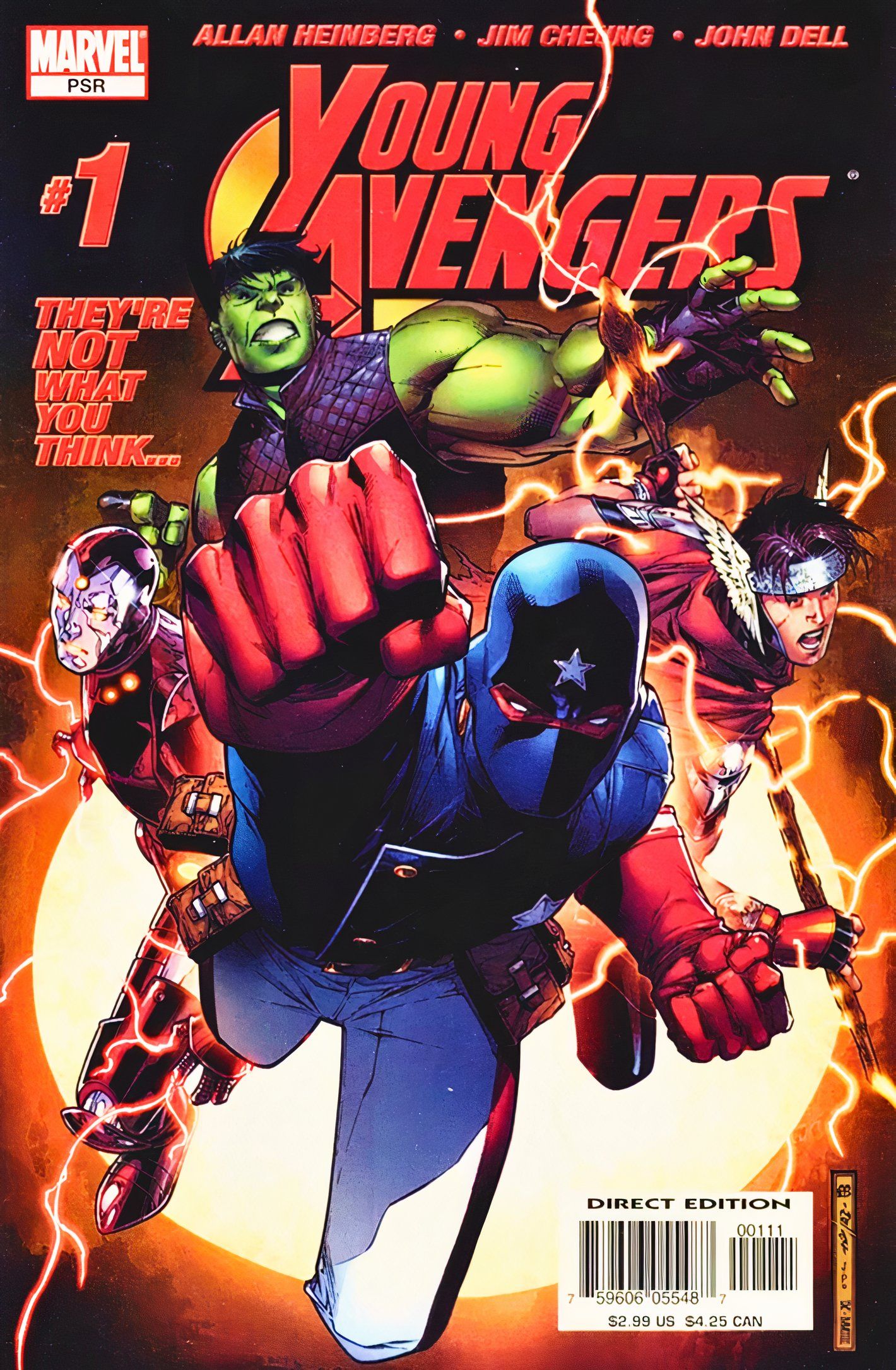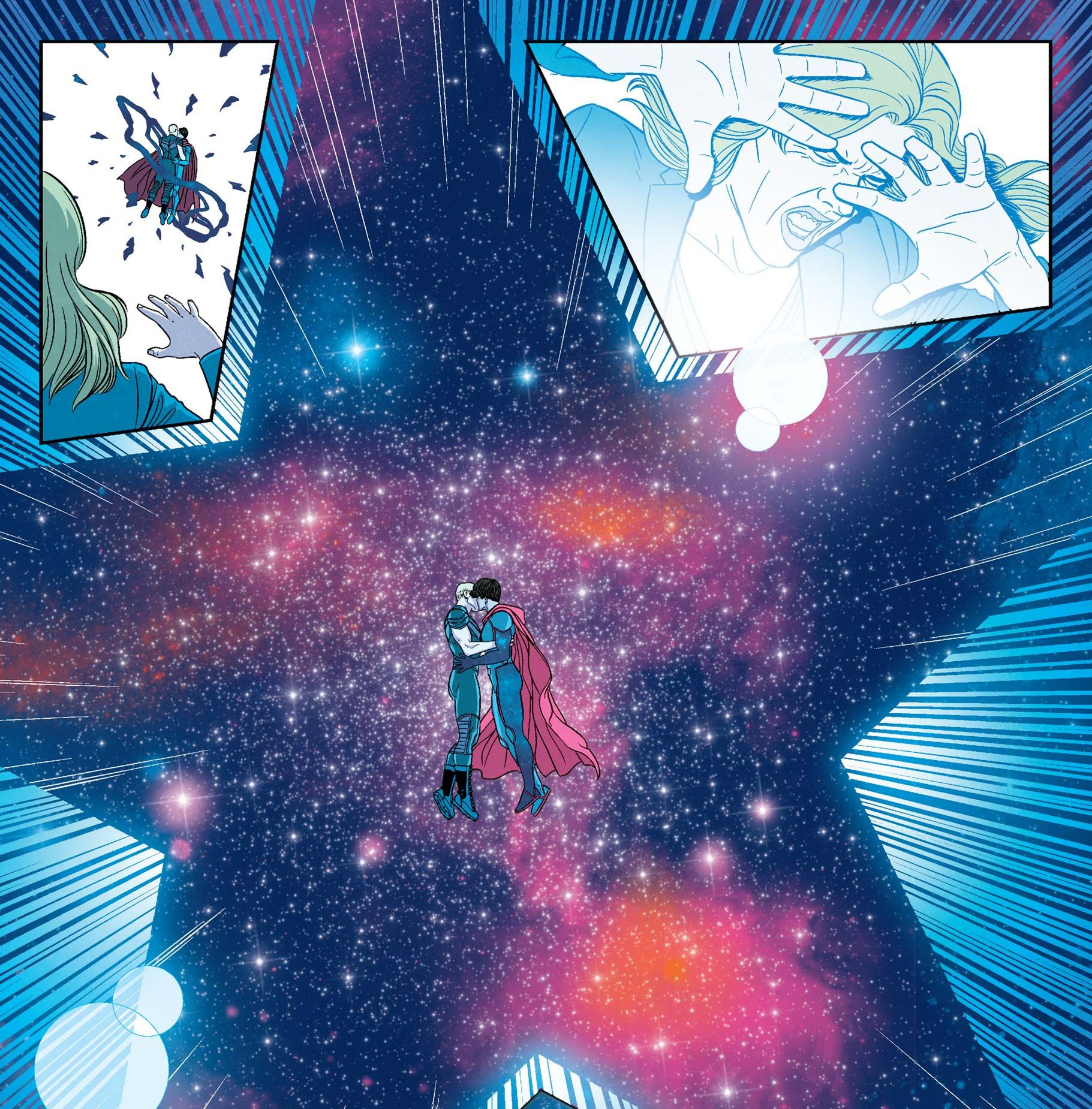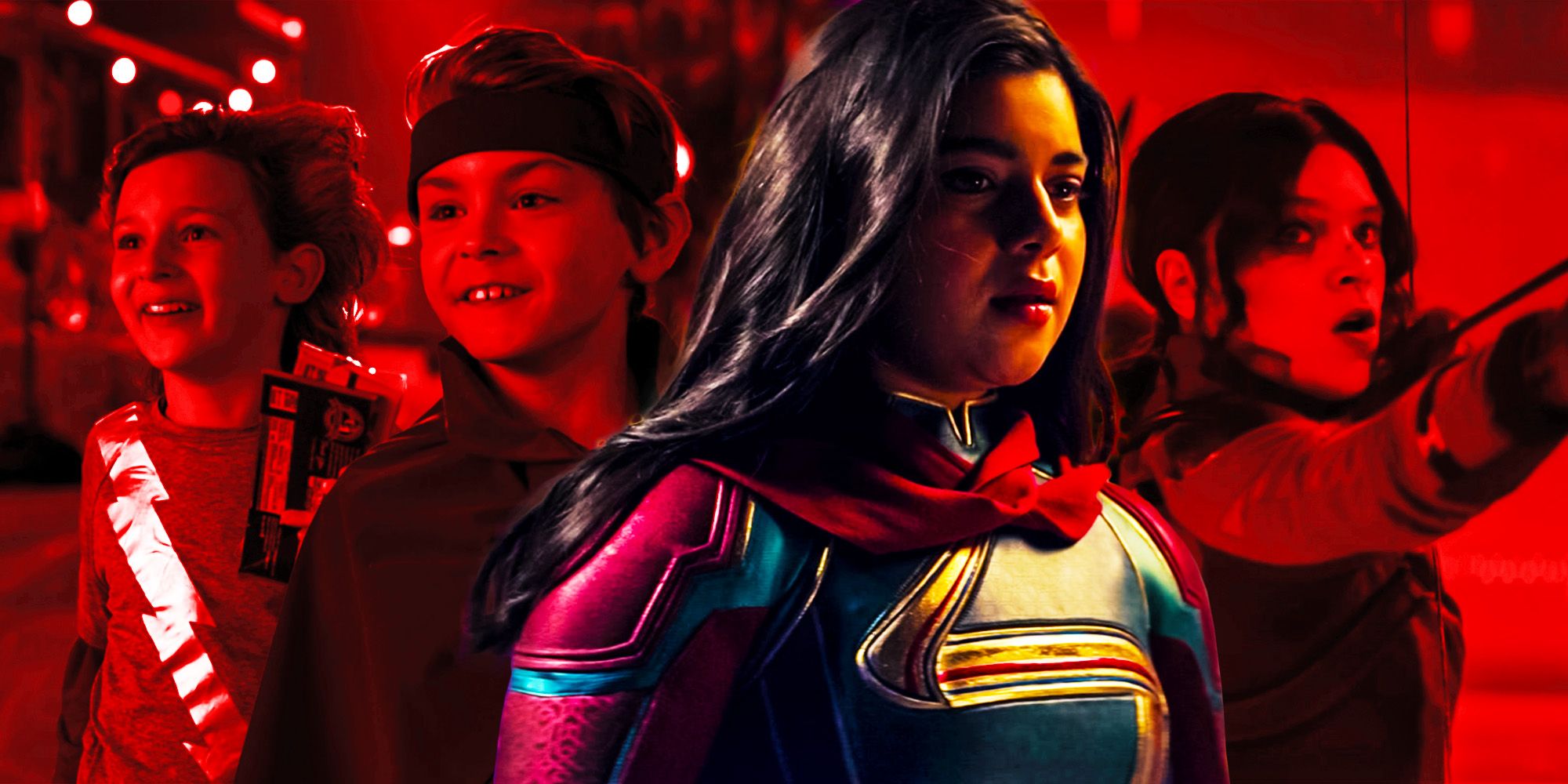The Young Avengers are today the stars of multiple fan-favorite runs, but when the concept was originally pitched, the reception wasn’t as rapturous. With a potential MCU incarnation of the team on the horizon, it’s worth examining both Young Avengers series, and their legacy, in more detail, as well exploring how each of them could inform a possible adaptation.
In his most recent newsletter, original Young Avengers editor Tom Brevoort detailed the lack of faith behind the series just from the name alone, which seems absurd in retrospect.
The idea of doing ‘Young Avengers’ might have seemed gimmicky in the early-2000s where Marvel really was throwing ideas at the wall. In the aftermath of their late ‘90s bankruptcy, the company had begun to regain their footing under editor in chief Joe Quesada, with projects like Marvel Knights and the Ultimate Universe proving successful, but not every idea worked, and Young Avengers might have seemed a gimmicky gamble.
Marvel Senior Editor Explains The Skepticism About The Young Avengers Prior To Their Debut
Young Avengers (Volume 1) #1 – Written By Allan Heinberg; Art By Jim Cheung; Ink By John Dell; Color By Justin Ponsor; Lettering By Corey Petit
Released in the aftermath of 2004’s Avengers: Disassembled, the original volume of Young Avengers tied directly into the Marvel landscape of the time. The young heroes formed an Avengers team in the brief period where the mainline Avengers themselves were skeptical of the very idea after the original team were decimated by the Scarlet Witch’s mental breakdown. The team were recruited by Iron Lad, secretly a heroic younger version of Kang the Conqueror, who brought them together to try to stop the older Kang and prevent the young hero’s inevitable fall to darkness.
In response to a fan question about “skepticism” of Young Avengers prior to its debut, Marvel Senior Editor Tom Brevoort had this to say:
Oh yeah, nobody liked the idea of YOUNG AVENGERS before the book came out, most of all me. I thought it was another dopey idea that Joe Quesada had come up with. But once Allan Heinberg was on board to create it, we came up with ways to make it work and to not have it be what everybody was dreading. This is entirely the reason why the first house ad we made up for the series, which ran in AVENGERS #500, was focused upon the idea that “They’re Not What You Think”
This is fascinating for a number of reasons, but if nothing else, because of how “obvious” the premise of the book seemed. Each member of this team initially mirrored a member of the classic Avengers. Iron Lad mirrored Iron Man. Patriot, the grandson of Isaiah Bradley, mirrored Captain America. Cassie Lang mirrored her dad, Ant-Man. Kate Bishop Hawkeye mirrored her namesake.
Meanwhile. the shape-changing Hulkling mirrored Hulk, and also his secret father, Captain Marvel. Wiccan mirrored Thor, and his mother the Scarlet Witch, which Speed was reminiscent of his uncle, Quicksilver. Their adventures saw them prove to the adult Marvel Universe that they had what it took to be real heroes while all the while discovering and revealing what linked them to their lineages. It ultimately proved to be a successful concept, which led to a memorable series, the impact of which can be traced to this day.
Marvel’s Young Avengers’ Reached New Heights With The Second Volume Of The Series
Young Avengers (Volume 2) #1 – Written By Kieron Gillen; Art By Jamie McKelvie & Mike Norton; Color By Matt Wilson; Lettering By Clayton Cowles
The Young Avengers got a second major roster in Young Avengers (Vol 2). While it kept much of the original roster, this book added other younger Marvel heroes, including the recently introduced America Chavez, Marvel Boy, Prodigy, and a version of Loki combining his younger self from Gillen’s prior Journey into Mystery run and the older evil self who’d killed that younger version (it’s complicated) This version of the team leaned heavily into romance, coming of age and associated angst for a single dimension-hopping story told across fifteen issues.
Unlike the first incarnation of the team, this version didn’t exactly fight supervillains. Instead, they fought mind-controlled versions of their parents, evil versions of their exes, evil versions of themselves, and their literalized guilt. The themes and subtext that are always part of coming-of-age stories became the literalized text in this series thanks to magic and reality warpers. The heroes’ external battles mirrored and were influenced by their internal ones, and the solution to their problems was to admit and talk through their feelings, no matter how hard it was to do.
Both Volumes Of “Young Avengers” Share The Same Strange
Diversity & Committment To Inclusion
One core trait shared by the two books is their diverse casts. In particular, Young Avengers (Vol. 2) often revolved around realistic messy queer romances of a sort that Marvel hadn’t engaged in before that point, with the romance between Wiccan and Hulkling literally saving the universe at the series’ climax. Both series also either introduced or highlighted major POC characters, from Patriot to America Chavez to Prodigy. These books helped to realistically represent contemporary audiences and, especially in the case of queer characters, in ways that those audiences might never have seen themselves before in a Marvel book.
A new version of the team appeared not too long ago, in an arc of Marvel Unlimited’s
Marvel’s Voices: Young Avengers
, which again focused on the question of Iron Lad, showing that the series still has a fanbase out there.
Since this second series, the Young Avengers haven’t had their own ongoing book, but their success undoubtedly influenced a number of books that came later. The most obvious successors were the modern Champions, which took the same general idea of a younger team but populated it with successor heroes of the mid-2010s like Miles Morales, Kamala Khan and Nadia Van Dyne’s Wasp. A new version of the team appeared not too long ago, in an arc of Marvel Unlimited’s Marvel’s Voices: Young Avengers, which again focused on the question of Iron Lad, showing that the series still has a fanbase out there.
An MCU Adaptation Of “Young Avengers” Could Bring The Series’ Core Strengths To The Screen
Carrying On The Title’s Legacy
In a sense, the MCU has found itself in its own period of tumult, with members of its original core cast departing after many years as the studio looks to build new teams out of their newer characters. The introduction of various younger legacy heroes in the MCU like Kamala Khan and the Scarlet Witch’s children suggests that some form of Young Avengers (and/or Champions) might soon be making their way to the big screen, and the success of their original comics’ counterparts offers a number of lessons for a potential adaptation.
If a potential Young Avengers adaptation did happen, then it’d also be likely that the series itself would return to publication with a new team
One crucial thing an adaptation should do is to lean into the Young Adult drama of the series. It’s easy to imagine Marvel Studios balking at the idea of making the potential film too ‘teen-focused’, but the strength of Young Avengers comes from its angst. They have to feel like real teens, and that involves making them messy and overdramatic. Similarly, the team’s diversity should be front and center. The important thing, however, would be maintaining the core Young Avengers committment to diversity and inclusion.
If a potential Young Avengers adaptation did happen, then it’d also be likely that the series itself would return to publication with a new team. In the years since the original series, the once-derided idea of doing young adult focused books has only become more mainstream, both internally at Marvel and in the wider comics landscape. Marvel has seen the Champions, Avengers: Arena, New X-Men: Academy X and numerous other titles find success, and a relaunch of Young Avengers, a book which paved the way for all of them would be the perfect treat in concert with its MCU adaptation.


